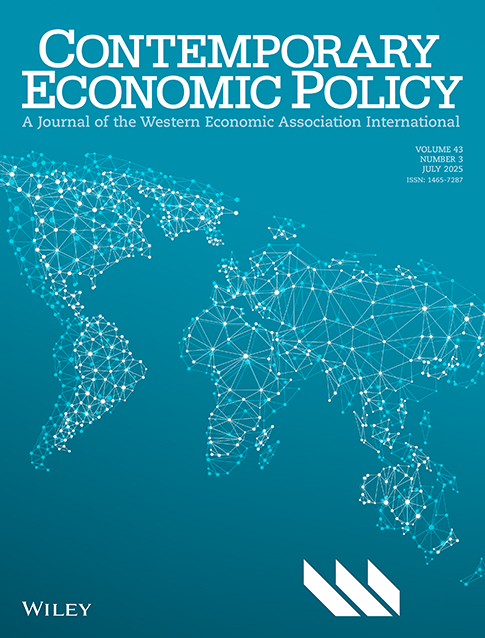Smoke-free Ordinances Increase Restaurant Profit and Value
Abstract
This study estimates the value added to a restaurant by a smoke-free policy using regression analysis of the purchase price of restaurants as a function of the presence of a smoke-free law and other control variables. There was a median increase of 16% (interquartile range 11% to 25%) in the sale price of a restaurant in a jurisdiction with a smoke-free law compared to a comparable restaurant in a community without such a law. This result indicates that contrary to claims made by opponents of smoke-free laws, these laws are associated with an increase in restaurant profitability. (JEL I120, H000, D780)
Abbreviations:
-
- BEA
-
- Bureau of Economic Analysis
-
- BLS
-
- Bureau of Labor Statistics
-
- CI
-
- Confidence Interval
-
- GSP
-
- Gross State Product
-
- SDCF
-
- Sellers Discretionary Cash Flow
-
- SHS
-
- Secondhand Smoke
-
- WLS
-
- Weighted Least Squares




